Bed Disposal in Furniture Disposal
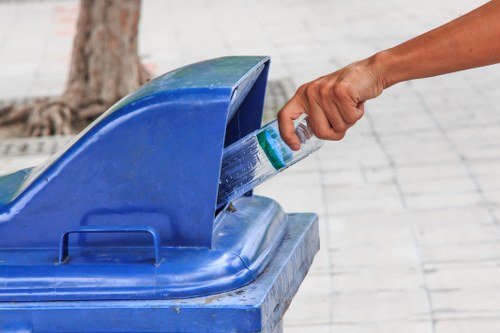
Proper bed disposal is an essential aspect of responsible furniture management. As beds are one of the largest and heaviest items in any household, ensuring they are disposed of correctly can significantly reduce environmental impact and promote sustainability. Improper disposal methods can lead to unnecessary landfill waste, environmental degradation, and potential health hazards.
Understanding the various methods available for disposing of old or unwanted beds is crucial. Whether you're upgrading your bedroom furniture, moving to a new home, or simply decluttering, knowing the right steps can make the process smoother and more eco-friendly.
This comprehensive guide explores the best practices for bed disposal within the broader context of furniture disposal. From donation options to recycling programs, we cover everything you need to know to dispose of your bed responsibly.

Methods of Bed Disposal
Donation
Donating a bed is one of the most sustainable ways to dispose of it. Many charitable organizations accept gently used beds, providing them to individuals or families in need. Before donating, ensure that the bed is in good condition, free from significant damage, and clean.
Organizations such as Goodwill, Salvation Army, and local shelters often have specific guidelines for accepting furniture donations. It's advisable to contact them beforehand to understand their requirements and schedule a pickup if available.
Donating not only helps reduce waste but also supports communities by providing essential furniture to those who might not afford it otherwise.
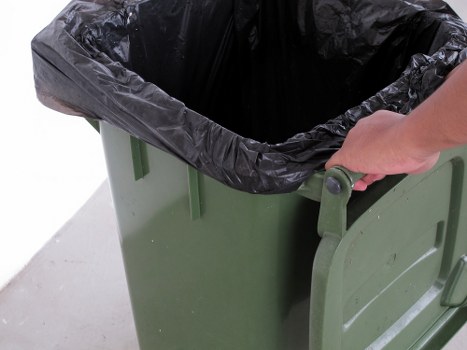
Recycling
Recycling is another effective method for disposing of beds, especially if they are no longer usable. Many components of a bed, such as metal frames and wooden parts, can be recycled. Recycling helps conserve natural resources and reduces the demand for new materials.
Check with local recycling centers to see if they accept bed materials. Some centers may require you to disassemble the bed before recycling, separating the metal, wood, and other materials. Ensuring that each component is sorted correctly can facilitate the recycling process and prevent contamination.
Additionally, specialized recycling programs may exist for mattresses, which are a significant component of most beds. These programs focus on breaking down mattresses into recyclable materials, ensuring they don't contribute to landfill waste.
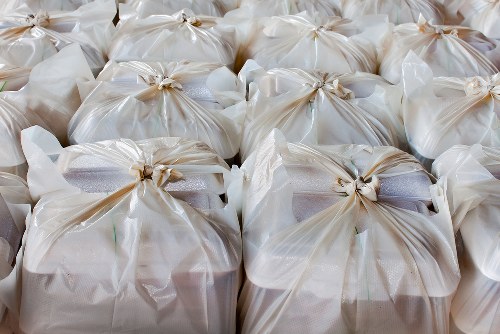
Selling
Selling your old bed is a viable option if it's still in good condition. Platforms like Craigslist, Facebook Marketplace, and other online marketplaces allow you to reach potential buyers locally. Selling your bed not only helps someone in need but can also earn you some extra cash.
Before listing your bed for sale, take high-quality photos and provide a detailed description, including dimensions, material, and any wear and tear. Being transparent about the condition ensures a smooth transaction and builds trust with buyers.
Additionally, consider negotiating the pickup logistics with the buyer to make the process convenient for both parties.
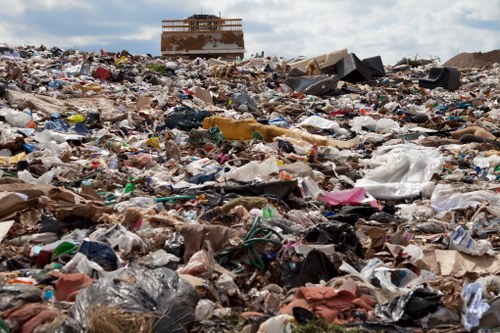
Curbside Pickup
Many municipalities offer curbside pickup services for large items like beds. This service typically requires scheduling a pickup, and there may be specific guidelines regarding the placement and preparation of the bed for collection.
Before scheduling, contact your local waste management or public works department to inquire about their furniture disposal policies. Some areas may charge a fee for large item pickups, while others offer it as part of regular waste services.
Ensure that the bed is properly disassembled if required and placed in the designated collection area on the specified date to avoid any inconveniences.
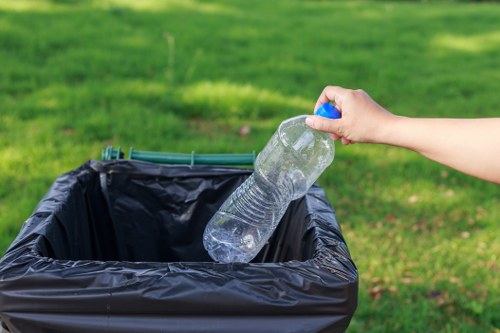
Professional Furniture Disposal Services
If you prefer a hassle-free option, hiring a professional furniture disposal service can be an excellent choice. These services handle the entire process, from pickup to disposal, ensuring that your bed is dealt with responsibly.
Professional services are especially useful for oversized or complex furniture items that require special handling. They also ensure compliance with local disposal regulations and environmental standards.
While this option may come at a higher cost compared to other methods, the convenience and peace of mind it offers can make it worthwhile, especially when dealing with large or multiple items.
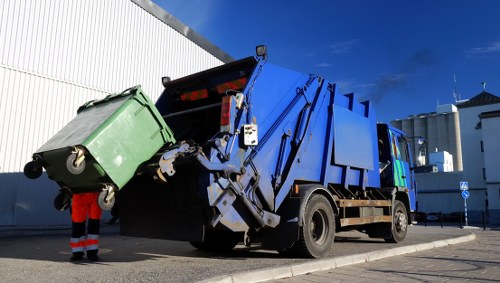
Step-by-Step Bed Disposal Process
Assessing the Bed's Condition
Before deciding on the disposal method, evaluate the condition of your bed. If it's still in good shape, donating or selling might be the best options. However, if the bed is damaged beyond repair, recycling or professional disposal services may be more appropriate.
Check for any broken parts, structural integrity, and cleanliness. A well-maintained bed increases the chances of successful donation or sale, while a damaged bed may be better suited for recycling.
Additionally, consider the type of bed—whether it's a metal frame, wooden frame, or includes a mattress—as different materials may have different disposal requirements.

Choosing the Disposal Method
Based on the assessment, select the most suitable disposal method. Consider factors such as the bed's condition, your location, available resources, and personal preferences.
- Donation: For beds in good condition.
- Recycling: For beds with recyclable materials.
- Selling: For beds that are still valuable.
- Curbside Pickup: For convenient disposal.
- Professional Services: For hassle-free and compliant disposal.
Each method has its own set of advantages, so choose the one that aligns best with your needs and environmental considerations.
Sometimes, combining multiple methods can be effective—for example, donating the mattress and recycling the frame.
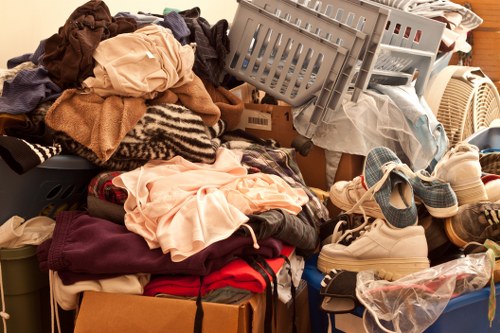
Preparing the Bed for Disposal
Proper preparation ensures a smooth disposal process. Start by disassembling the bed frame if possible. Remove the mattress, headboard, footboard, and any other detachable parts.
Cleaning the bed before disposal is also recommended, especially if donating or selling. A clean bed is more appealing to potential buyers or recipients and reflects better on the condition of the item.
Additionally, remove any personal items or bedding from the bed to facilitate easier handling and transportation.
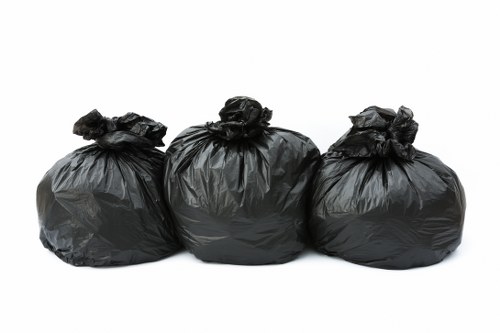
Scheduling Pickup or Drop-off
Once the bed is prepared, schedule a pickup or make arrangements to drop it off at the designated location. If using curbside pickup, adhere to the scheduled date and ensure the bed is placed correctly for collection.
For professional disposal services, coordinate the pickup time and ensure someone is available to assist if needed. Double-check any requirements or instructions provided by the service to avoid delays.
If donating or selling, communicate clearly with the recipient or buyer regarding the pickup logistics to ensure a seamless transaction.
Tips for Effective Bed Disposal
Removing Mattress and Frame
Separating the mattress from the frame can simplify the disposal process. Mattresses are often heavy and bulky, making them challenging to handle as a single unit. By removing them, you can dispose of each component more easily.
Some recycling programs specifically target mattresses, offering specialized recycling options. Similarly, donation centers may prefer mattresses and frames to be handled separately.
Ensure that both the mattress and frame are clean and in good condition if you intend to donate or sell them.
Breaking Down Components
Disassembling the bed into smaller parts can make transportation and disposal more manageable. Use appropriate tools to carefully break down the frame, headboard, and footboard if applicable.
Labeling each component during disassembly can help in the recycling or donation process, ensuring that no parts are misplaced or forgotten.
Proper disassembly also reduces the risk of damage during handling, especially when using curbside pickup or professional services.
Clearing Fees and Requirements
Be aware of any fees associated with bed disposal, especially when using professional services or municipal pickup. Some services may charge based on the size or weight of the item, while others offer flat-rate pricing.
Research local regulations and requirements to ensure compliance. Certain areas may have restrictions on the types of materials that can be disposed of, or specific guidelines on how to prepare items for pickup.
Understanding these aspects beforehand can help you avoid unexpected costs and ensure a smooth disposal experience.
Environmental Benefits of Proper Bed Disposal
Reducing Waste in Landfills
Landfills are becoming increasingly overburdened with waste, making proper disposal methods more critical than ever. Beds, particularly those made of metal and wood, take up significant space in landfills.
By choosing recycling or donation, you minimize the amount of waste that ends up in these disposal sites. This reduction helps extend the lifespan of landfills and reduces the need for new landfill sites.
Moreover, proper disposal prevents the decomposition of organic materials, which can produce harmful greenhouse gases like methane.
Promoting Recycling Efforts
Recycling bed components encourages the reuse of valuable materials. Metal frames can be melted down and repurposed, while wooden frames can be used for new products. This process conserves natural resources and reduces the energy required to produce new materials.
Supporting recycling initiatives also fosters a culture of sustainability, encouraging others to consider environmentally friendly disposal methods for their furniture.
Moreover, recycling reduces the demand for raw materials, which can lead to decreased deforestation and mining activities, further protecting ecosystems.
Conserving Resources
Proper bed disposal contributes to resource conservation by ensuring that materials are reused rather than discarded. Recycling metals and woods from beds reduces the need for extracting new resources, which is often energy-intensive and environmentally damaging.
Conserving resources also has economic benefits. It lowers production costs for manufacturers and can result in lower prices for consumers due to the reduced need for raw material extraction.
Additionally, resource conservation is crucial for combating climate change, as it minimizes carbon emissions associated with manufacturing and material processing.
Conclusion
Bed disposal is a significant aspect of overall furniture disposal that warrants careful consideration. By choosing the appropriate disposal method, you can contribute to environmental sustainability, support charitable causes, and maintain a clutter-free living space.
Whether you opt for donation, recycling, selling, curbside pickup, or professional services, ensuring that your bed is disposed of responsibly is essential for reducing waste and conserving resources.
Take the time to assess your bed's condition, explore available disposal options, and follow the recommended steps to ensure a smooth and eco-friendly disposal process.
Contact us today to learn more about effective furniture disposal solutions and how you can contribute to a greener future.